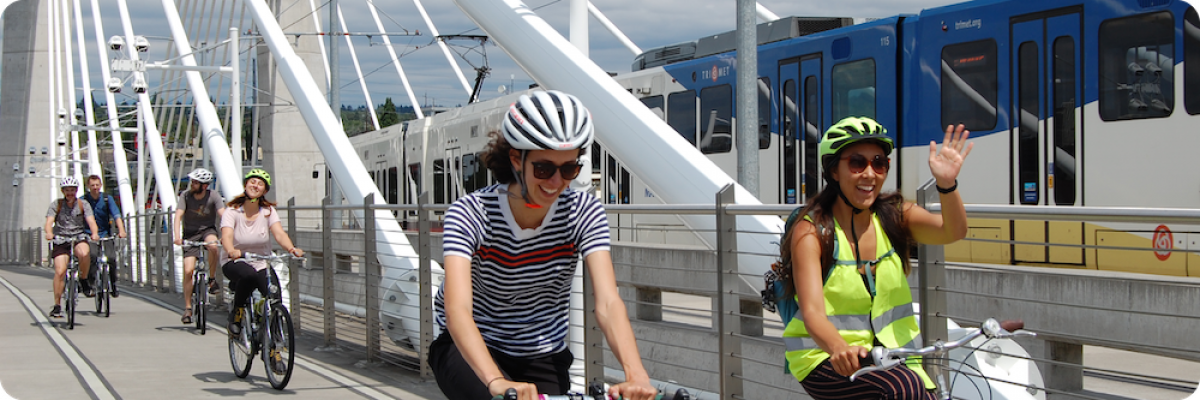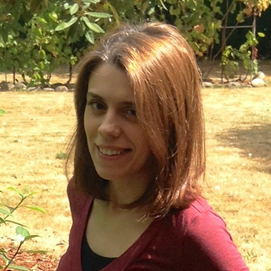We inform transportation decision making through research, building the capacity of the transportation workforce, supporting the education of transportation professionals, and engaging students in research.
The Transportation Research and Education Center (TREC) at Portland State University (PSU) is a multidisciplinary hub for all things transportation.
We are home to the Initiative for Bicycle and Pedestrian Innovation (IBPI), the data programs PORTAL and BikePed Portal, the Better Block PSU program, and PSU's membership in PacTrans, the Pacific Northwest Transportation Consortium. Our continuing goal is to produce impactful research and tools for transportation decision makers, expand the diversity and capacity of the workforce, and engage students and professionals through education, seminars, and participation in research.
Annual Reports
- 2023 TREC Annual Report
- 2022 TREC Annual Report
- Previous annual and semiannual reports were created for the National Institute for Transportation & Communities (NITC), a U.S. DOT-funded university transportation center which was headquartered at TREC from 2012–2024.
Learn more about our transportation research and education programs.
Our History at Portland State University
In 1966, Dr. Walter H. Kramer founded the first transportation studies center in the Department of Marketing. Since then our transportation faculty and staff expertise has grown to worldwide recognition and expanded to include the multitude of disciplines that inform transportation decision-making: planning, engineering, economics, design, psychology, information technology and more. After decades of investment in PSU's transportation studies, our faculty and staff expertise earned PSU a USDOT-funded a regional university transportation center (UTC) from 2006 - 2024. Our center and staff have grown far beyond the initial UTC grants, and now encompass a wide variety of programs. Our researchers do work locally with the Portland Bureau of Transportation, the Oregon DOT, Metro, TriMet, and other agencies; as well as being tapped to take on national projects.
As Oregon's only urban public global research university, Portland State University offers tremendous opportunity to nearly 28,000 students from all backgrounds. Our mission to "Let Knowledge Serve the City" reflects our dedication to finding creative, sustainable solutions to local and global problems.




 Minju Kim
Minju Kim
 Max Nonnamaker
Max Nonnamaker Nicholas Puczkowskyj
Nicholas Puczkowskyj Aman Singh Solanki
Aman Singh Solanki Jai Daniels
Jai Daniels Kyuri Kim
Kyuri Kim Rebeca Petean
Rebeca Petean


